Written by Rick Ansorge
Your eyes are burning, itchy, and tired. It’s a common condition but rarely serious. You can take simple steps to prevent or ease this problem.
If those tactics don’t work, see your doctor. What you’re feeling could be a sign of a deeper condition that requires treatment. This is especially important if you have headaches or other problems like:
Anything that requires intense eye use can cause fatigue. Some of the most common are:
If you look at bright light or spend time in a place that’s too dim, it can also tire your peepers.
Your eyes might get tired easily if you stare for long periods at a computer, smartphone, or game console. The eye doctor might call this computer vision syndrome or digital eye strain. It affects most people who use one. Some estimates say computer-related eye symptoms may be responsible for up to 10 million eye doctor visits a year. The problem is expected to grow as more people use smartphones and other handheld digital devices, which force your eyes to work harder than usual as they strain to focus on tiny words.
Digital devices may also be linked to eye fatigue because you tend to blink less often when looking at a computer screen. People usually blink about 18 times a minute. This naturally refreshes the eyes. But studies suggest that people only blink about half as often while looking at a computer or other digital device. This can result in dry, tired, itchy, and burning eyes.
Be on the lookout for:
These symptoms can lower your productivity.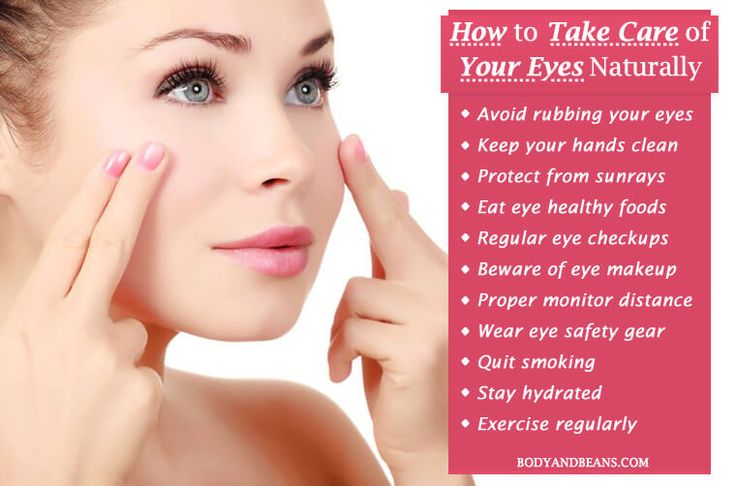 If you stay awake for long hours working, you can make the problem worse. Sleep refreshes your eye with essential nutrients. Lack of sleep may lead to repeated eye irritation.
If you stay awake for long hours working, you can make the problem worse. Sleep refreshes your eye with essential nutrients. Lack of sleep may lead to repeated eye irritation.
Make some simple changes to these things.
Your computer screen:
Your work environment:
Your work habits:
 Every 20 minutes, look at something about 20 feet away for 20 seconds.
Every 20 minutes, look at something about 20 feet away for 20 seconds.Your eye care routine:
If you have eye fatigue or pain, see an eye doctor to make sure a deeper medical condition isn’t to blame.
If the problem doesn’t go away, make an appointment for a full eye exam. The doctor can make sure your symptoms aren’t linked to a problem like an eye muscle imbalance or dry eye.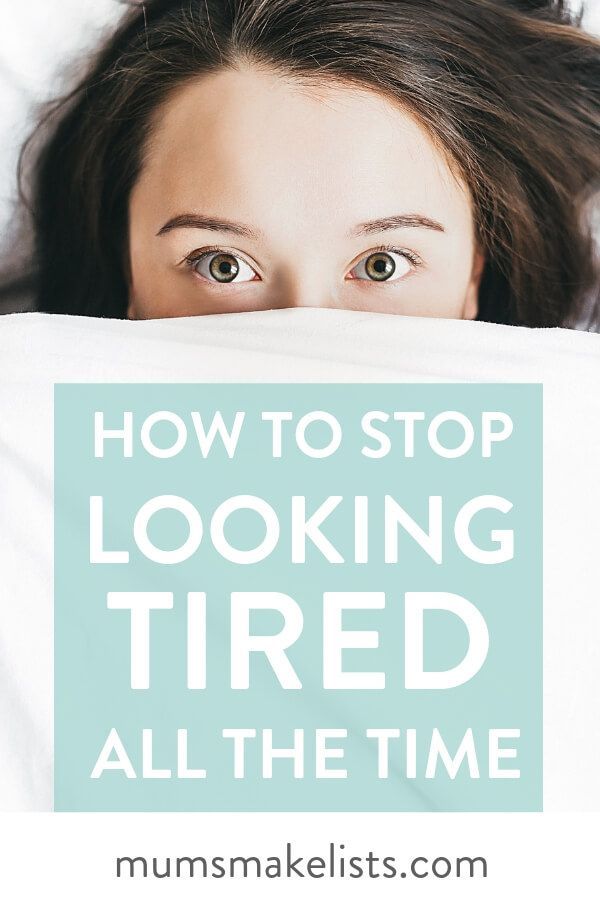 They can also tell if your glasses or contact lens prescription is up to date and good for computer use.
They can also tell if your glasses or contact lens prescription is up to date and good for computer use.
Tired eyes are fairly common and usually brought on by extended screen time, long-distance driving, or sustained reading. Common symptoms include itching, a burning sensation, and droopy eyes.
The best treatment for tired eyes is generally rest.
If you’ve spent prolonged amounts of time viewing any sort of screen, it’s likely that you’ve experienced tired eyes or ocular fatigue.
Tired eyes can be classified in a clinical sense as asthenopia (otherwise known as common eye strain). Asthenopia can be caused by prolonged online viewing, driving for long periods of time, lack of sleep, bad eyeglass prescriptions, and extreme fatigue.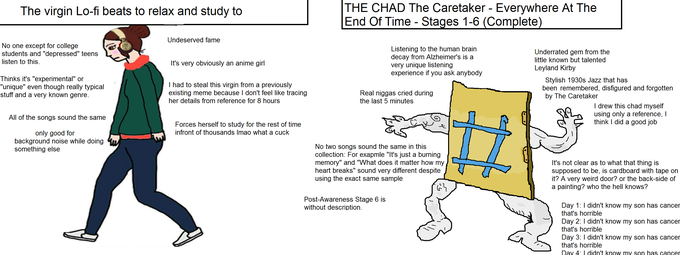
With the advent of personal computers and smart devices, more and more individuals are experiencing ocular fatigue. Looking at digital device screens with high screen brightness for long periods of time, reading without breaks, and long-distance driving are the most common causes of ocular fatigue and tired eyes.
In this day and age, the most common cause of tired eyes is extended amounts of screen time, whether it’s due to smartphones, laptops, tablets, or television screens. Work habits can also play a significant role in the development of eye fatigue.
Here are some of the most common causes of eye strain:
Too much screen time has its own term — it’s called digital eye strain. Staring at a screen puts a burden on the muscles that give the eye the ability to focus. When we look at digital screens, we tend to blink less, which results in faster disruption and evaporation of the film of tears. These tears serve as a protective surface for the eye.
These tears serve as a protective surface for the eye.
There are glasses with special lenses available that help to reduce various symptoms of eye strain. These are especially useful for individuals who spend long periods of time working on the computer.
Driving for long distances and long periods of time also puts a high amount of strain on the eyes.
While driving, most individuals tend to have intense focus as they observe traffic. The eyes track movement constantly in addition to having to read road signage. Because of this, driving for long distances is a common contributor to eye strain.
Driving might seem like an activity that doesn’t require a lot of energy, but driving brings on its own special kind of fatigue. If you are experiencing eye strain while driving, the best thing to do is pull over to the side of the road to rest your eyes. This will help you avoid accidents.
Reading small print books for extended periods of time and without any breaks can lead to eye fatigue and eye strain. Reading larger print books and taking periodic breaks while working through a book is a good way to reduce eye strain and eye fatigue.
Reading larger print books and taking periodic breaks while working through a book is a good way to reduce eye strain and eye fatigue.
The eye makes use of a variety of muscles that all come into play when helping the eye focus on objects. These muscles need to be engaged and also need to rest when applicable.
The pupils of the eye are moved by ciliary muscles. These muscles have a way of constricting that promotes proper up-close vision. These muscles are also responsible for dilating the pupil, which promotes focusing on objects that are farther away.
When the eye moves back and forth quickly, the eye’s extraocular muscles are responsible for this sort of movement. Moving the eyes from side to side can certainly cause the eye muscles to become stressed and overworked, especially if focusing on an object that is small, an object on a screen, or an object located in a dark environment.
Symptoms of tired eyes and eye fatigue will vary from person to person and depending on the severity of the situation. The most common symptoms of tired eyes include the following:
The most common symptoms of tired eyes include the following:
Tired eyes are fairly easy to self-diagnose. If symptoms are only appearing when you engage in a certain activity or are in a certain environment, try to limit or avoid this activity until the symptoms subside. If you find yourself having ocular fatigue frequently, it may be time to visit with an eye specialist.
Any lingering problems or more intense symptoms like nausea, extreme dizziness, or pain may suggest the presence of a vision deficit. Such symptoms can also be the result of a more severe case of asthenopia. Severe cases of asthenopia may require lifestyle changes or a doctor’s intervention.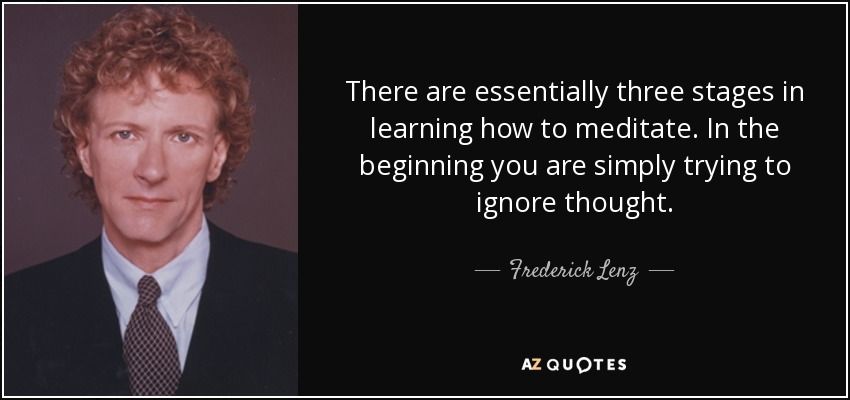
If you visit a doctor for eye fatigue, the doctor will likely have you undergo an eye exam. Your doctor will determine the condition of your eyes and also be able to diagnose any vision problems. They will help you home in on what corrective measures should be taken to rectify the situation.
Unfortunately, there is no medication that can help to relieve tired eyes or eye fatigue. Resting your eyes, reducing screen time, and adjusting applicable lighting can alleviate eye fatigue symptoms and restore vision back to normal.
If symptoms persist and get more severe, it is best to consult with an eye care specialist in order to explore medical treatment for your condition.
There are a few ways to prevent eye fatigue and reduce overall eye strain that may prove useful. Try these tips:
Reducing digital screen viewing can lessen eye strain. If your job requires you to be on the computer, try to make sure that you are not viewing a screen during your off time if possible.
If you are working on screens for a sustained time, take breaks. Every 20 minutes, look at something 20 feet away for at least 20 seconds.
If you’re using a computer or reading on a digital device, increasing the font size can help reduce eye strain.
Making sure to utilize adequate lighting in a given area when working or reading. This will help reduce eye fatigue and eye strain.
Eye strain and eye fatigue can be caused by certain activities or can come as the result of spending a prolonged amount of time in certain environments with poor lighting.
If you continually experience tired eyes, it’s important to take steps to change your habits and environment. Symptoms tend to worsen over time unless you incorporate lifestyle changes that rest your eyes more frequently.
The best way to deal with eye strain is to rest your eyes and limit the amount of time engaging in specific activities that put unnecessary strain on your eyes.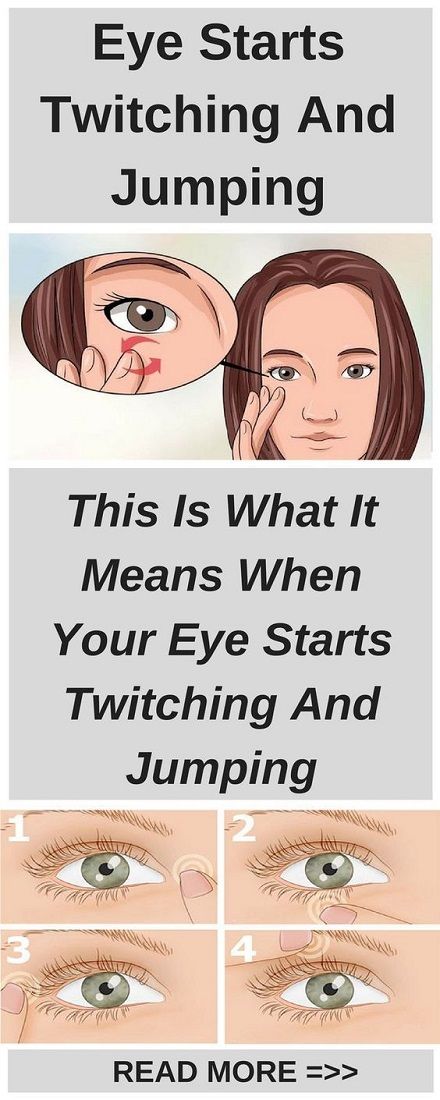

The information provided on this page should not be used in place of information provided by a doctor or specialist. To learn more, read our Privacy Policy and Editorial Policy pages.
Eye health is directly related to whether you can control the load on your eyesight and provide your eyes with sufficient rest. Experts from the Lucky Look federal network of opticians tell you how to relieve eye fatigue and reduce eye strain if you work at a computer.
Sign up for a free vision test
Contents
Any visual discomfort indicates that it is time to take a break from work and give the eyes a chance to rest.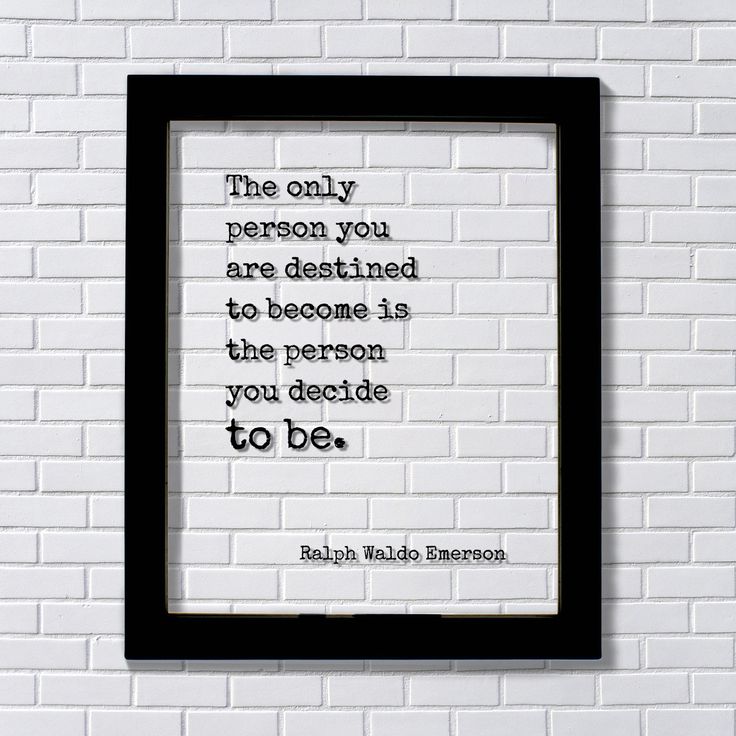 Experts identify the main symptoms that indicate an overstrain of the visual system:
Experts identify the main symptoms that indicate an overstrain of the visual system:
Be careful, these symptoms can also signal the presence of serious visual impairment! To rule out negative scenarios, you need visit an ophthalmologist.
Increased visual fatigue can indicate serious disorders, so do not put off a visit to the ophthalmologist
Why does vision deteriorate? The main causes of this phenomenon are distinguished:
High eye strain. This is often faced by schoolchildren and students who are forced to read and write a lot, as well as office workers whose activities involve continuous sitting at a computer or reading documents.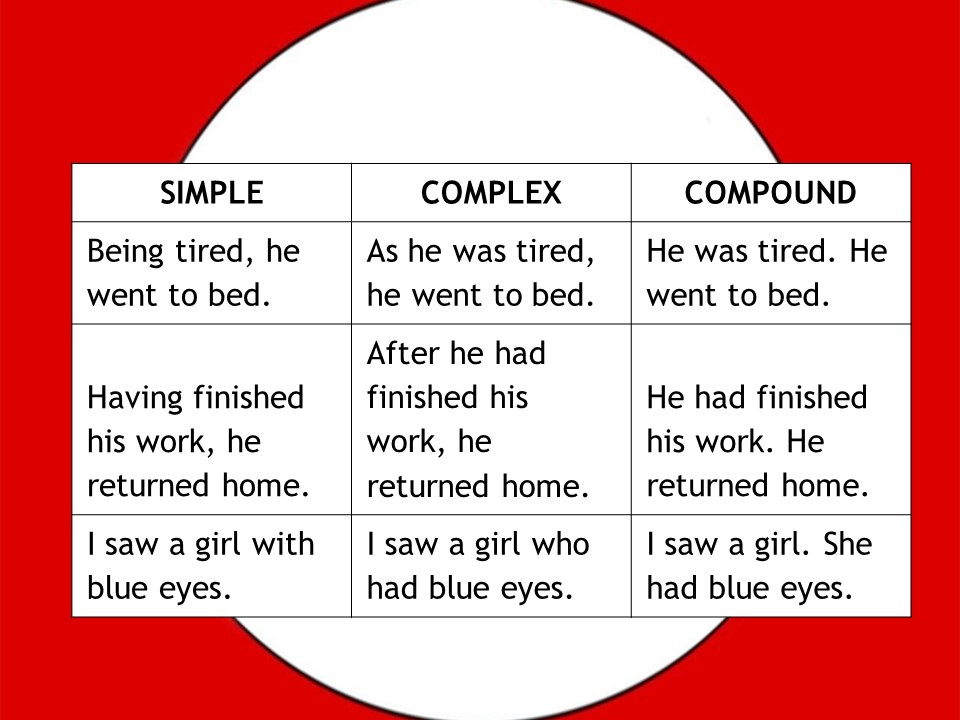
Also, if you are fond of computer games, like to watch TV shows on your mobile gadgets - smartphones or tablets - or spend all your free time with a book, your eyes are also exposed to a high load.
In order to minimize problems with this lifestyle, it is necessary to take breaks as often as possible and give the eyes regular rest.
Computer vision syndrome. This is a whole complex of symptoms, which is caused by overexertion of the visual system due to prolonged use of the computer. The reason for the development of the symptom is not so much the need to look at the monitor for a long time, but the functional change in your posture, eyes, neck. For example, the constant sliding of the gaze from the keyboard to the monitor and back leads to accommodative asthenopia, which is manifested by discomfort, eye fatigue, pain, pain in the superciliary region, blurred vision of the object of fixation.
Subsequently, this can cause problems such as myopia (nearsightedness), accommodation spasm (inability to focus on small objects and details) and dry eye syndrome.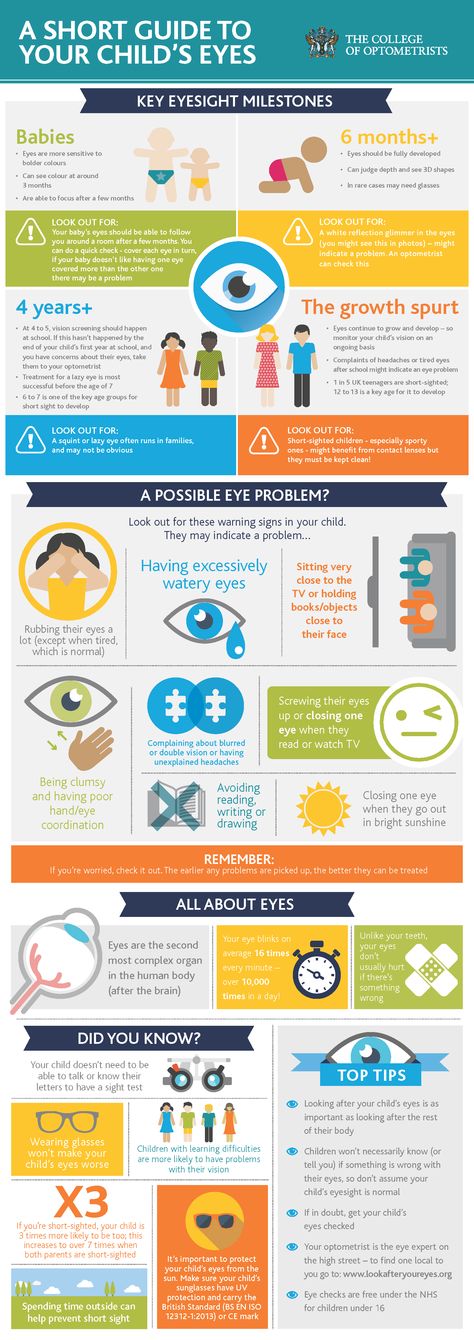
Properly organized workplace and touch typing skills will help to minimize the harm from constant work at the computer.
Dry eye syndrome. Often appears on the basis of computer vision syndrome, develops due to insufficient moistening of vision: with concentrated work at a computer, a person blinks less often, as a result of which the tear film dries up. Plus - the air near the computer heats up and also becomes dry.
Organize your workplace and use special glasses for working at the computer
In the summer season, when air conditioners are in operation, the pathological effect of dry air on the eyes only intensifies. And if you use contact lenses, the syndrome develops even faster.
To reduce the negative impact of external factors and provide more comfortable conditions for the eyes, place a humidifier near your workplace. Also buy moisturizing drops (choose them with the help of an ophthalmologist) and use them several times a day.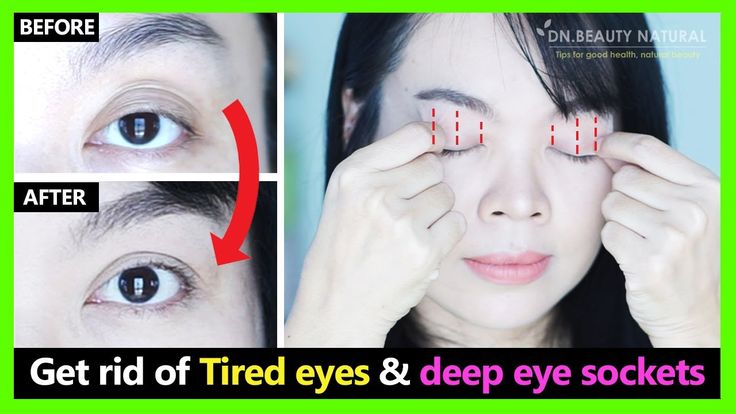 Try to blink as often as possible.
Try to blink as often as possible.
During a break, do light eye exercises:
To maintain the effect, apply moisturizing drops selected by an ophthalmologist to your eyes. Do not self-medicate, be sure to seek help from a specialist - moisturizing drops come in different viscosities, they can have a healing effect, or they can simply moisten the surface of the eye. Only an ophthalmologist will determine what exactly your vision needs and select the necessary remedy.
Sign up for a free vision test
By the way, gymnastics also requires prior consultation with a doctor. Make sure you have no contraindications. Also, the ophthalmologist can advise other types of gymnastics.
Make sure you have no contraindications. Also, the ophthalmologist can advise other types of gymnastics.
There are several rules that must be observed in everyday life. Thanks to this, you can significantly reduce the load on your eyesight, and your eyes will get tired much less.
If you work at a computer, the first thing you need to do is to properly organize your workplace.
 Be sure to adjust the brightness and contrast of the image for yourself. Remember that an excessively bright screen tires your eyes.
Be sure to adjust the brightness and contrast of the image for yourself. Remember that an excessively bright screen tires your eyes. 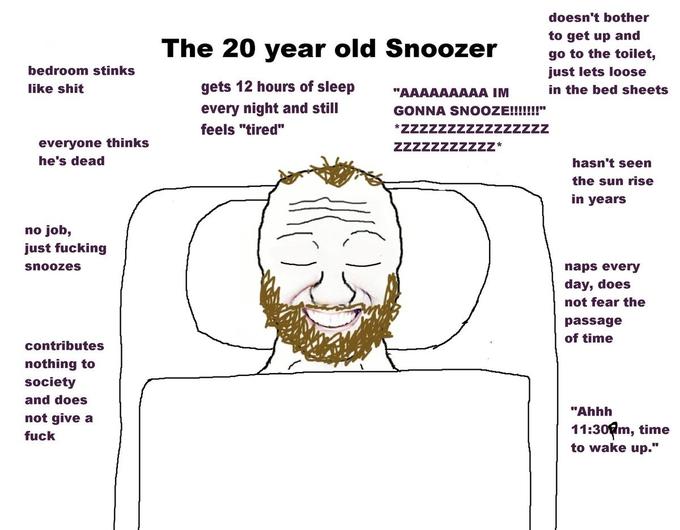
The health of your eyes depends on your daily habits. Hygiene of vision allows you to maintain good health and reduces eye fatigue, even under conditions of increased stress.
 The light source should be behind and slightly above;
The light source should be behind and slightly above; Sign up for a free vision test
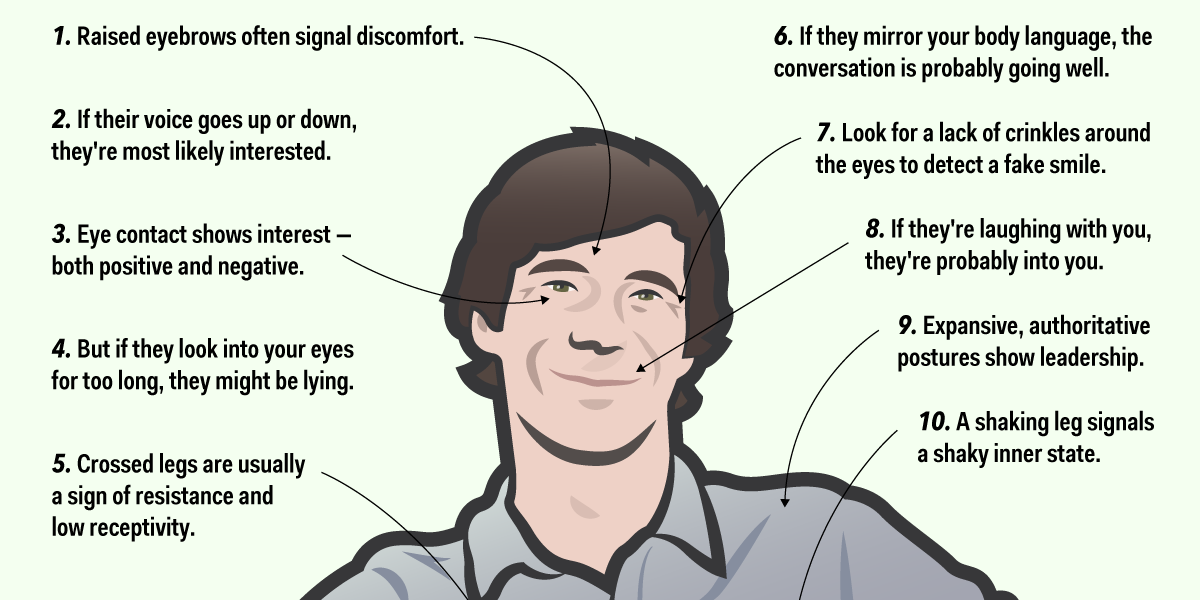 Men should also pay enough attention to washing, because during the day dust and dirt particles settle on the eyelashes, which can get into the eyes;
Men should also pay enough attention to washing, because during the day dust and dirt particles settle on the eyelashes, which can get into the eyes; Simple exercises that should be done regularly throughout the day will help to quickly relieve fatigue from the eyes. But this is not enough! To make your eyes less strained and tired, it is important to provide the right conditions:
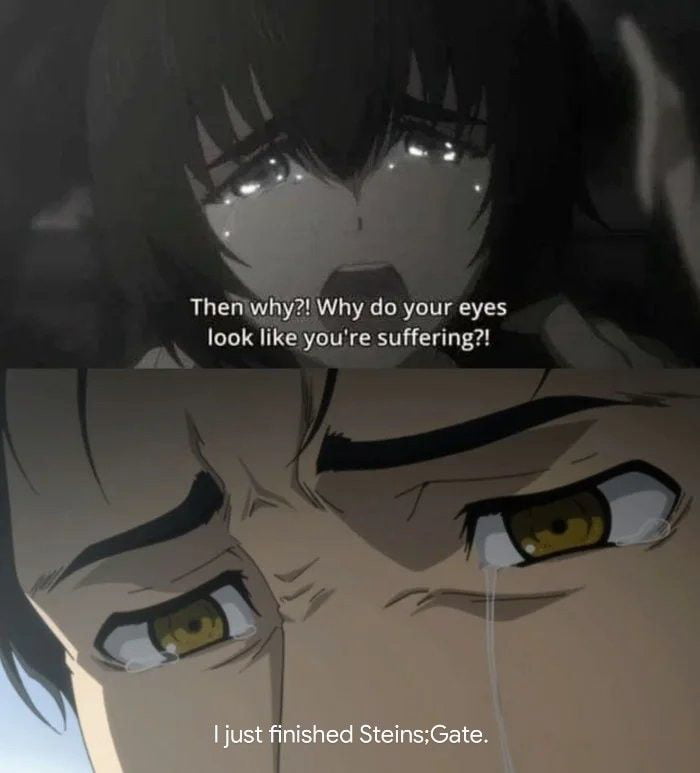
Remember that you need to consult an ophthalmologist before doing gymnastics! Moisturizing drops should also be selected by a specialist.
Ask a question to the doctors of the clinic
Reviews of patients
Chikish Valentina Petrovna
Thank you! Huge respect and gratitude to the entire staff of the Clinic. For the operation. And especially Davydova Irina Vasilievna. Health, happiness, success in your work.
All reviews
Maybe it's asthenopia. The name is unfamiliar, but the state itself is familiar to everyone. This term ophthalmologists call eye fatigue as a result of prolonged intensive work. A person feels symptoms of asthenopia while reading a book or text from a computer screen, or after many hours of driving.
The name is unfamiliar, but the state itself is familiar to everyone. This term ophthalmologists call eye fatigue as a result of prolonged intensive work. A person feels symptoms of asthenopia while reading a book or text from a computer screen, or after many hours of driving.
Visual tasks that require high concentration cause overexertion and spasm of muscles, and not only the eyes. The muscles of the eyelids, face, and even the jaw are also included in the visual process, and to such an extent that pain and discomfort are sometimes felt. Lighting also plays a role: the eyes get tired quickly in dim light. Looking intently at the monitor, carried away by his tasks, a person blinks less often, and asthenopia is accompanied by dryness of the eyeball. Refractive errors - nearsightedness and farsightedness - exacerbate eye fatigue.
In general, the symptoms of asthenopia are varied:

Many of these signs are also characteristic of eye diseases, astigmatism, farsightedness or nearsightedness. To understand the true cause, it is still better to come for a consultation with an ophthalmologist and undergo a comprehensive eye diagnosis.
It is impossible to reduce the load on eyesight in the modern world - work, entertainment are unthinkable without gadgets. It’s not worth putting up with fatigue, especially since it’s easy enough to relieve tension.
Here are a few "recipes" available to everyone:
